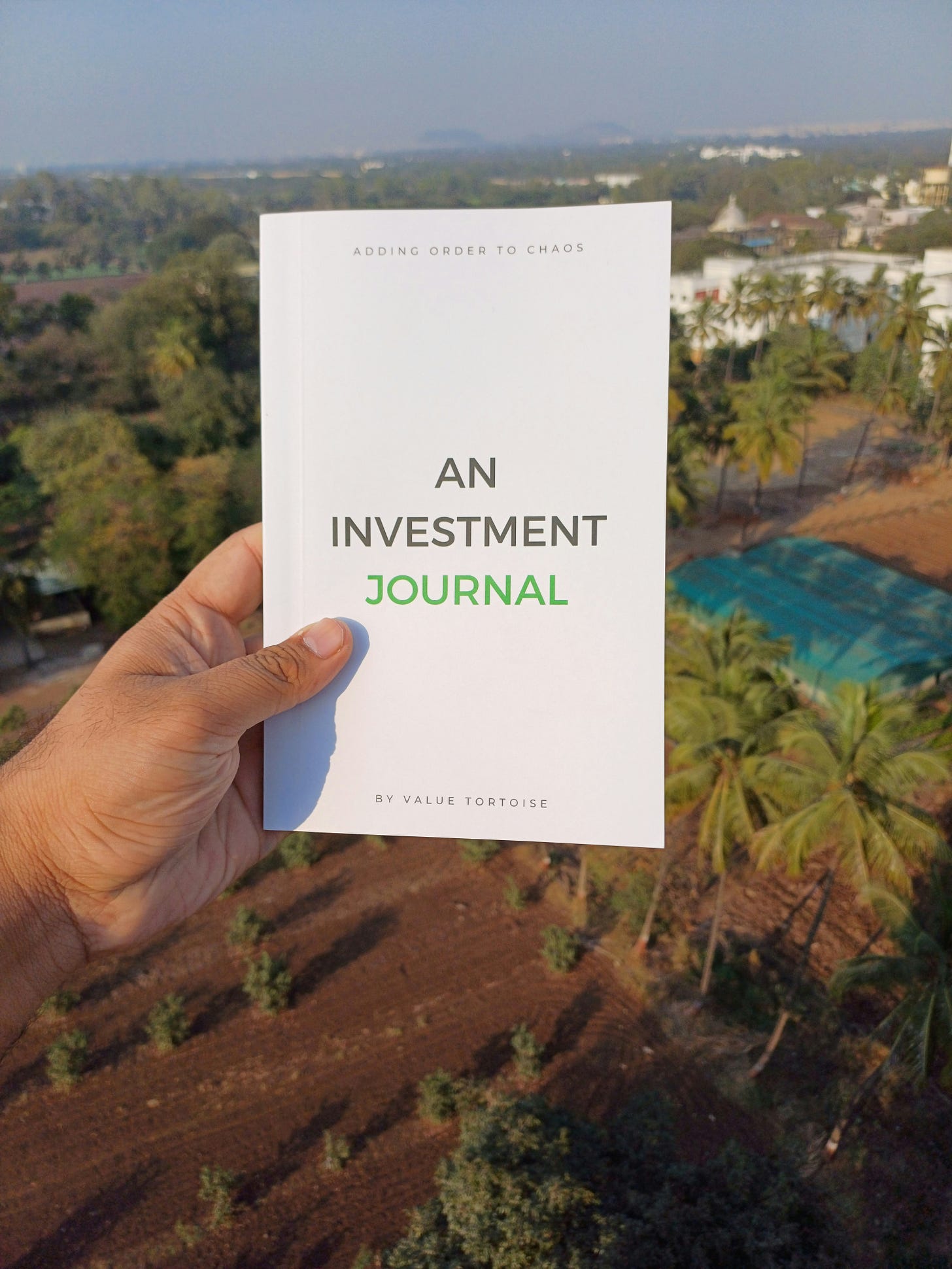50 Books That Stayed With Me: 3 of 50
One Up on Wall Street by Peter Lynch
Here’s part three out of fifty of the series, 50 Books That Stayed With Me. Without any further ado, let’s get to it.
When you’re a freshman in college and eager to conquer the stock market, you usually dive into all the classics. Or at least I did. You may start with A Random Walk Down Wall Street by Burton Malkiel. It makes a strong case for indexing, showing why most investors are better off buying a broad market fund than trying to outsmart the pros. It is clear, compelling, and maybe a little disillusioning.
If you are not quite ready to give up on stock picking, you might move on to the Buffett school of investing, the value investing approach popularized by Benjamin Graham’s The Intelligent Investor. I won’t sugarcoat it: this one is a struggle. The language is dense, the examples can feel dated, and its huge. But the core ideas, margin of safety, intrinsic value, long-term thinking, stick with you.
And then there is One Up on Wall Street by Peter Lynch, which for me really stands out. It tells you what you probably want to hear when you are new and full of fire: that you can beat the market. That regular people, armed with a bit of curiosity, common sense, and discipline, can find great investment opportunities before the pros do.
What I loved most was how grounded his approach was. He talks about spotting investment ideas just by paying attention to everyday life the kinds of stores your kids are begging to go to the café that is always packed the brand your friends cannot stop talking about. Lynch famously discovered Dunkin’ Donuts as an investment because he saw the lines and loved the coffee. It sounds almost too simple but that is the point: sometimes your eyes and gut give you a better lead than a spreadsheet. Of course he did the math afterward but in terms of idea generation and initial research everyday observation is powerful.
I began to question some of his ideas about everyone having their own edge once I started working at an asset management company. How can an individual investor realistically compete with the vast resources, research, and expertise available to professionals? Honestly, I still do not believe it is possible, at least not consistently or across the board. But that does not mean selective edges are out of reach. Consider this: you are sitting in Mumbai working on a model for a company that operates chains in South India or Noida, places you have never even visited or shopped in. You build forecasts based on numbers and presentations. Meanwhile, someone else actually lives near those stores. They have seen the foot traffic. They know the brand has a loyal following. They sense something that you will never catch on a spreadsheet.
Yes it can bring bias. Yes the game has changed. Markets evolve. Edges shrink. What worked decades ago may not work in quite the same way today especially in a world of real-time data and information overload. But the core idea to stay curious stay grounded pay attention still holds up. The tools change but the mindset still matters.
His philosophy is simple but powerful: “Know what you own and know why you own it.” It sounds basic but it is amazing how many investors forget this.
I remember talking to someone back in college about how I owned shares of Infosys. They asked me what the company did and I confidently replied “Oh IT.” But when they pushed a little further I realized that I did not really understand what “IT” meant. It was a humbling moment. I liked the stock I liked the name and I knew it was big but I did not really know what I owned or why.
That is exactly what Lynch warns against: buying something just because it feels familiar or seems like a good company without understanding the business underneath. His advice is simple but it demands discipline and a little bit of honesty.
Another useful idea in the book was Lynch’s breakdown of six types of stocks:
Slow growers: safe but unexciting, often dividend plays.
Stalwarts: big, stable companies like Coca-Cola or P&G.
Fast growers: small companies growing earnings quickly.
Cyclicals: boom-and-bust businesses tied to economic cycles.
Turnarounds: companies in trouble with potential for recovery.
Asset plays: undervalued based on hidden or overlooked assets.
It’s a surprisingly practical framework. It forces you to ask, What kind of stock is this? and What kind of expectations come with it? It’s not about prediction. It’s about perspective.
One up Wall Street is a hopeful book. Not naive, but optimistic. And when you're starting out, that mindset matters.
Thanks for reading. If you are new to the newsletter, I thought I’d mention that I created an Investing journal which hopes to minimize investing bias, and add some order to investing.

